DENSO changes its internal packaging for the wellbeing of people and the environment, reducing 51 tonnes of plastic
• 51 tonnes of plastic reduced
• Same level of protection during storage and transportation
• Easier to recycle
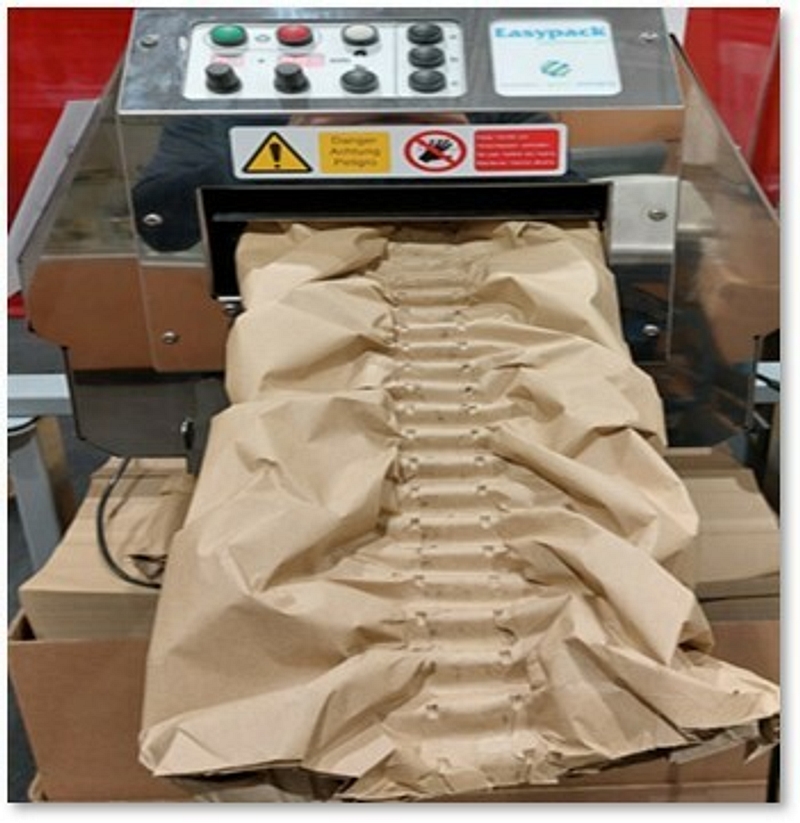
In keeping with its parent company’s ongoing drive to reach carbon neutrality and environmental sustainability, DENSO Aftermarket is also proactively playing its part in those important goals and with the internal packaging of two of its core product groups, is leading that move.
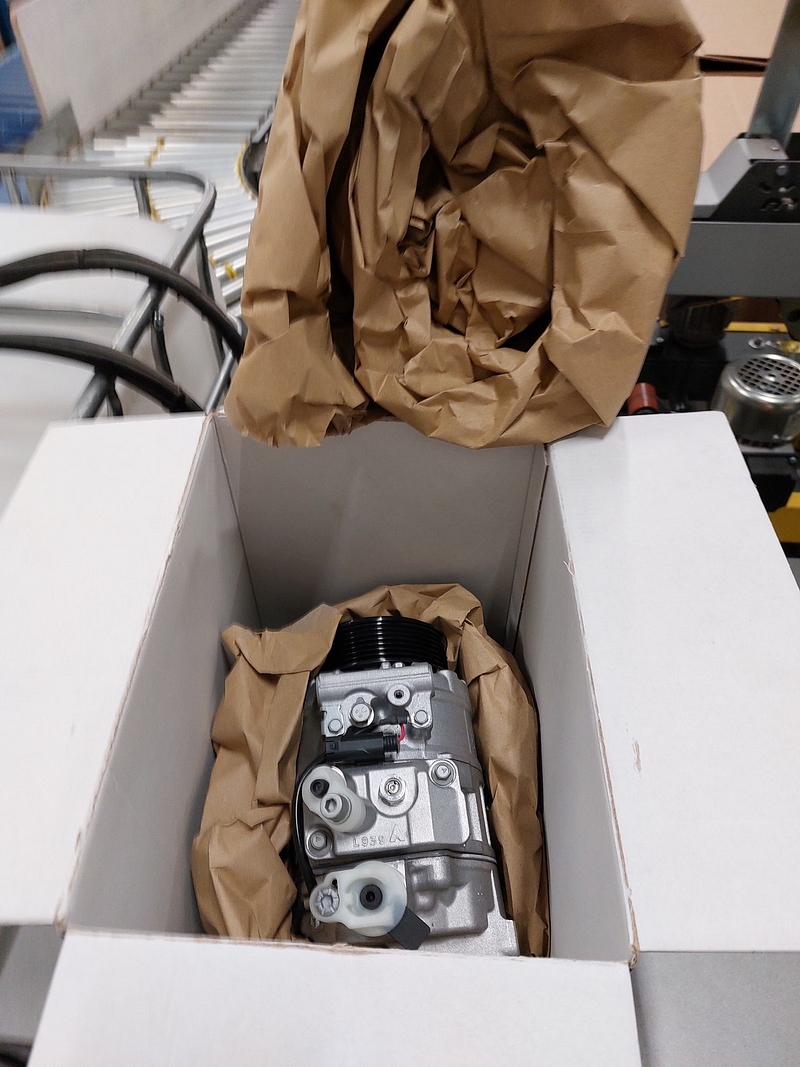
“Although the packaging we have used to protect the rotating products (starters and alternators) and air conditioning compressors in our aftermarket range has ensured that the products are delivered in good condition, the polyurethane that the foam-in-place bags has been made from is problematic to dispose of and very difficult to recycle,” said DENSO Europe, Senior Manager, Aftermarket Product, Alexey Bartashevich. “These were issues we therefore wanted to address, and so began a journey that started in July 2022 and will find its fulfilment at the beginning of April 2023, when this packaging will be replaced by 100% recycled paper wrap, which itself is completely recyclable.”
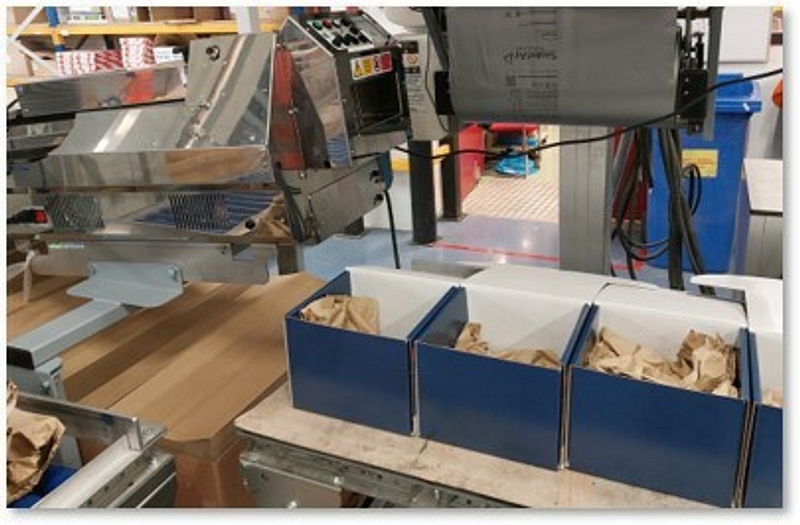
To achieve these significant ethical and environmental gains, DENSO called on the expertise of Pregis, a leading manufacturer and provider of innovative packaging and protective products, who identified the fact that the only two realistic alternatives to the existing foam-in-place bags were air filled nylon pockets or cushions, but nylon cannot be recycled, so misses one of DENSO’s primary objectives, or recycled paper, but questions have traditionally been raised as to whether it could provide the level of protection these important replacement components require during their storage and transportation.
However, Pregis was confident that it could find a solution and set about proving the theory with a series of internal tests, which were backed up with independent assessment by Thales Cryogenics in Eindhoven, in a real-world environment, to provide the necessary authentication that the final formulation of the packaging protects the products to the same degree as the foam-in-place bags.
“As it panned out,” Bartashevich continued, “a direct comparison between the foam-in-place and the new paper packaging revealed that the protection provided by the paper was in fact better!
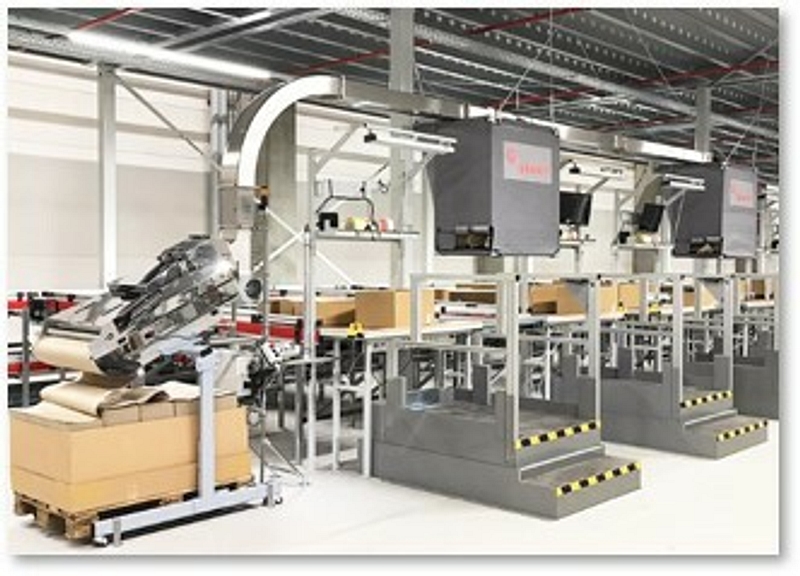
“Thales also carried out sustainability and productivity comparisons between the two products and, although perhaps not surprisingly, the paper again came out on top when it came to sustainability, not least because it is manufactured from recycled paper and not a single tree is felled in its production, so by every measure, it is clearly a superior product for DENSO to rely on.”
In addition to these impressive test results, a glimpse of the data reveals other benefits that further endorse the decision to move from foam to paper. These include an annual reduction of plastic and foam amounting to 51 tonnes, which leads to CO2 emission reductions, and the fact that it is easy to dispose of and recycle.
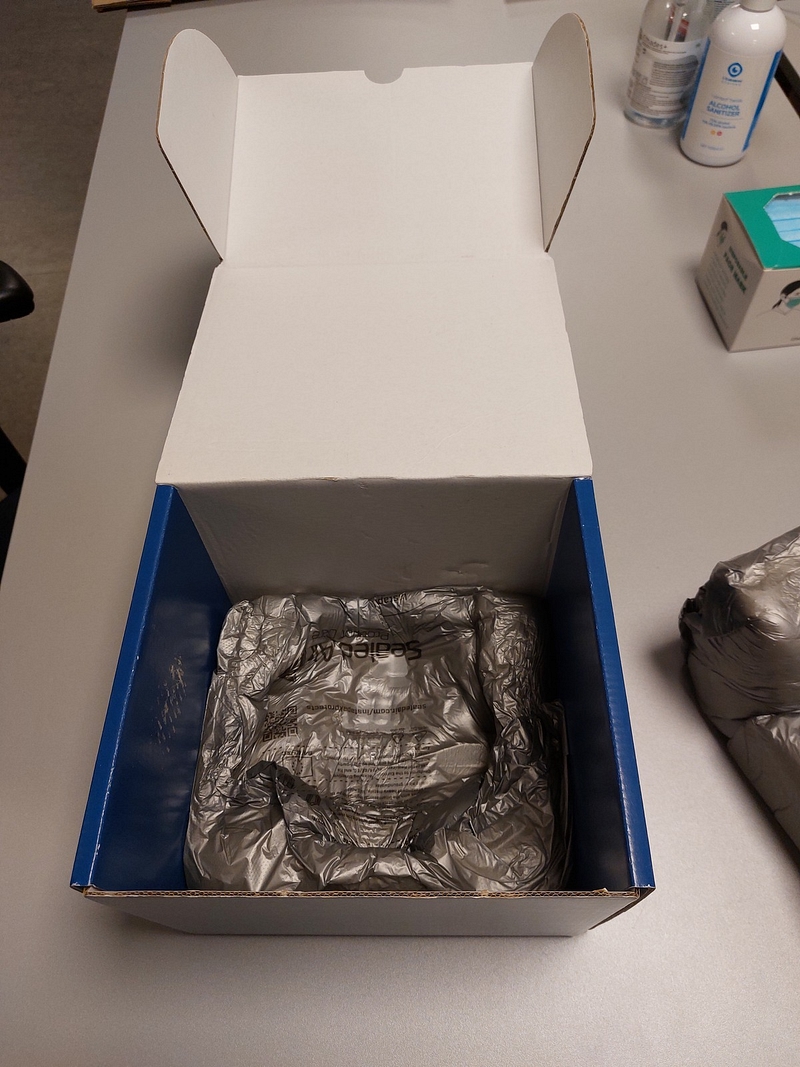
After the considerable research conducted during the evaluation phase of the project, the final step in the conversion process is the implementation of replacing the foam packaging and introducing the paper into the packing line. This is another responsibility handled by Pregis, as it undertakes an assessment of the company’s facilities and provides the solution for the most efficient packing procedure, including a scan tool system that indicates the correct quantity of paper and packing method for the component on the workstation at the time. The site evaluation also includes the most appropriate position for the paper production machine, another element in the overall resource optimisation and from which the packaging is produced in-house.
Distributors and end users will be pleased to know that the paper used for the inner packaging material is FSC Certified and is made from 100% recycled material, which means that is can be disposed as regular paper waste for it to be recycled all over again.
“Although, due to its complexity and the need for all of the implications to be carefully and properly considered, the move from foam to paper has not been the work of a moment, on its completion it will yield many benefits for the environment, our company’s commitment to sustainability and for the wellbeing of our fellow citizens,” Bartashevich concluded.




















































